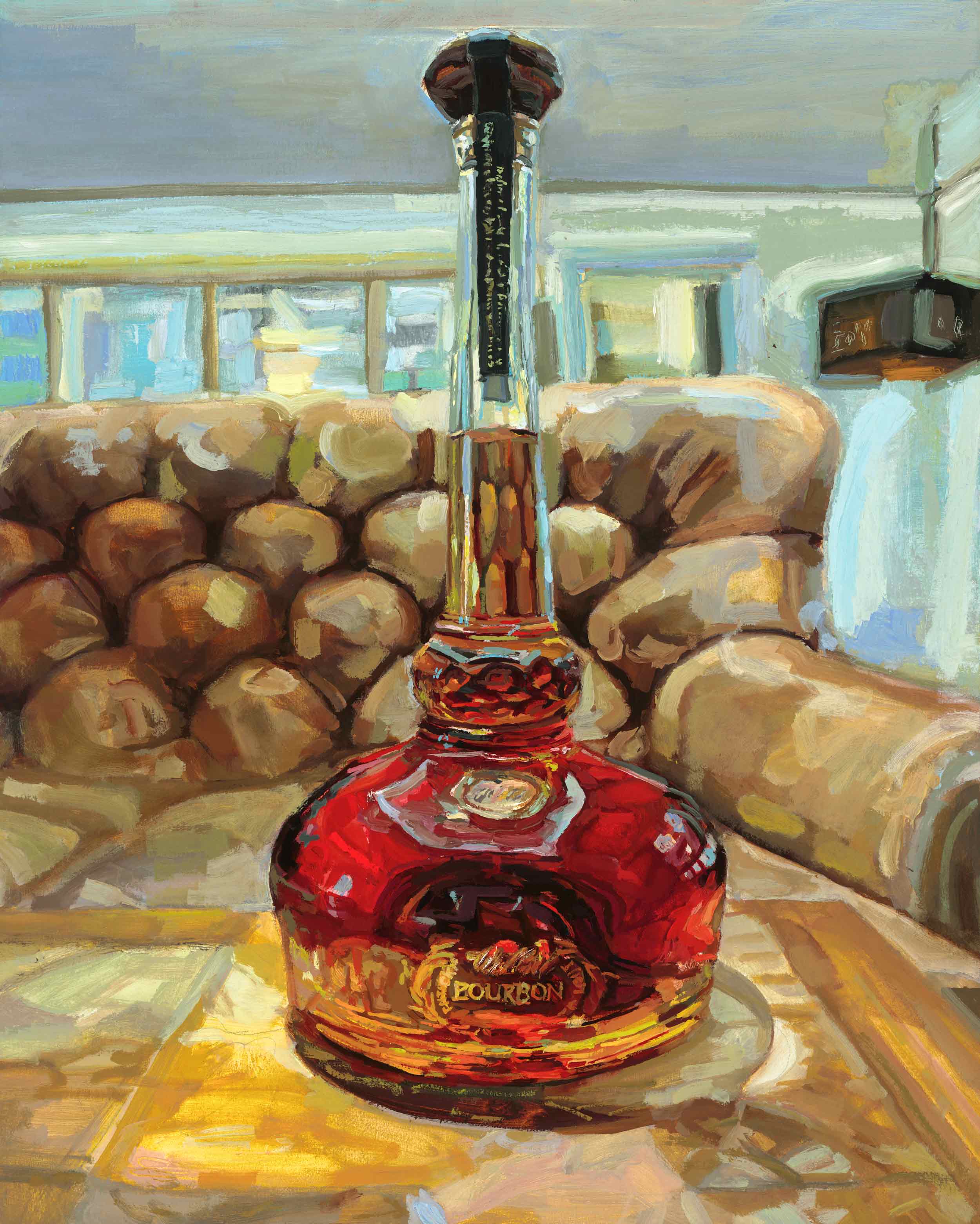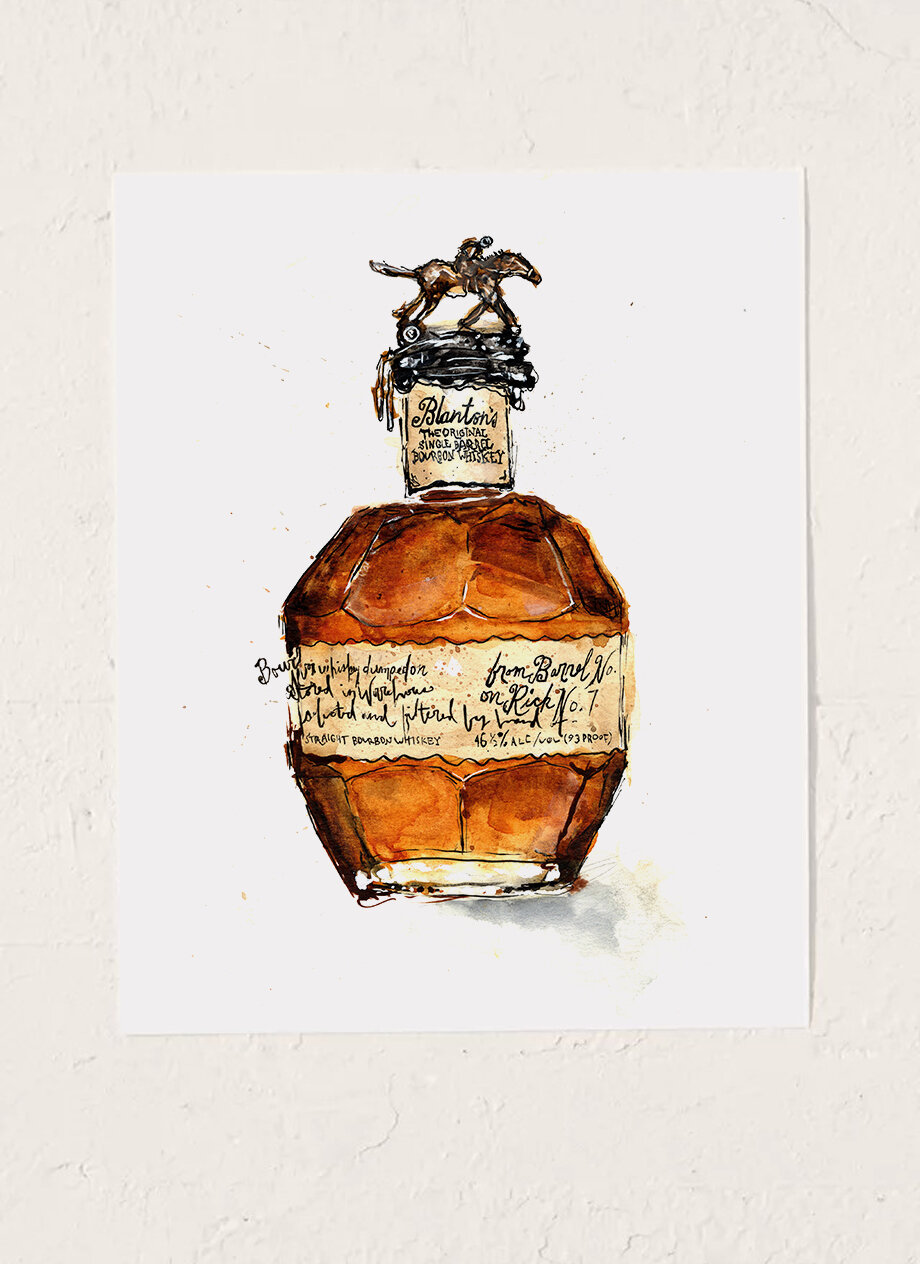Realism Art in the Whiskey Sector: Showing Moments of Purification
Realism Art in the Whiskey Sector: Showing Moments of Purification
Blog Article
The Significance of Whiskey Art in Celebrating Heritage and Workmanship in the Beverage Industry
The complex partnership between bourbon art and the party of heritage and craftsmanship within the drink industry can not be overemphasized. With thoughtfully designed containers and tags, scotch brand names envelop their historic roots and the artisanal abilities that define their manufacturing methods. This creative dimension not only boosts market appeal yet also acts as an avenue for social storytelling, fostering a deeper connection between the customer and the craft. As we check out the different elements of this subject, fascinating inquiries about the influence of modern fads on traditional techniques arise, motivating more evaluation.
The Historic Roots of Whiskey
At the heart of whiskey's appeal lies a rich tapestry of historical roots that map back to ancient people. The origins of scotch can be connected to the purification methods of the Sumerians and Babylonians around 2000 BCE, where very early forms of fermented grain beverages began to emerge. It was in the Middle Ages that the art of purification evolved considerably, specifically in Ireland and Scotland, leading to the production of scotch as we recognize it today.
The term "scotch" itself originates from the Gaelic word "uisce beatha," suggesting "water of life." This phrase highlights the social importance of bourbon in Celtic societies, where it was typically related to rituals, celebrations, and public bonding. By the 15th century, purification came to be an identified craft within monastic communities, leading the way for the facility of lawful distilleries.
As profession courses increased, bourbon's appeal expanded, transcending local boundaries and catching the passion of connoisseurs worldwide. Bourbon Art. This historical journey shows not only the workmanship behind bourbon production but likewise its indispensable function in cultural and social contexts, marking it as a significant drink throughout background
Artistic Expression in Branding
Scotch branding stands as an engaging junction of creativity and business, where aesthetic identification plays a vital function in forming customer assumption. The visual appeals of bourbon tags, product packaging, and advertising materials show not only the brand name's tale yet also its core values and heritage. With artistic expression, distilleries share a narrative that resonates with customers, evoking emotions and stimulating links.
The use of shade, typography, and imagery in branding serves to set apart items in a saturated market. Traditional themes might evoke a sense of authenticity and craftsmanship, while modern-day styles can symbolize technology and forward-thinking. This critical artistic instructions improves brand name recognition and loyalty, permitting customers to forge a personal partnership with the whiskey they select.
In addition, artistic expression in branding usually functions as a celebration of local heritage. Distilleries regularly incorporate regional symbols or historic references right into their designs, developing a sense of place that invites customers to take part in a wider cultural experience. Eventually, the virtuosity behind whiskey branding not only improves visual charm but likewise enhances the overall narrative of the brand, fostering a much deeper appreciation for the craftsmanship and heritage embedded in each container.
Workmanship in Bottle Style
The creativity noticeable in bourbon branding extends past visual identification to encompass the workmanship involved in container layout. Each container serves as a vessel not simply for the spirit within, however likewise for the tale it informs about its practice, high quality, and beginning. The design procedure calls for careful interest to information, as elements such as closure, form, and product contribute considerably to the overall understanding of the bourbon.
Workmanship in container design involves selecting top quality glass that can enhance the whiskey's shade and clearness, while likewise giving a responsive experience for the consumer. The silhouette of the container need to be both cosmetically attractive and functional, commonly mirroring the heritage of the brand. Lots of distilleries select special forms or printed logos that stimulate a feeling of authenticity and background.
Furthermore, the label design and typography play a vital function in connecting the brand name's narrative. Limited Edition. A well-crafted bottle not only mesmerizes the consumer's eye but likewise strengthens the brand's commitment to high quality and custom. By doing this, the workmanship of container style ends up being an important element of the whiskey experience, combining artistry with a profound regard for heritage
Cultural Relevance of Scotch Art
Commemorating tradition and workmanship, the cultural relevance of scotch art transcends mere aesthetics, intertwining with the social and historic stories of the regions from which it comes from. Each bottle acts as a canvas, portraying the unique tales, folklore, and customs that have formed neighborhood whiskey-making methods. The elaborate designs often show the heritage of the distillers, including icons and themes that reverberate with the society and worths of their communities.

In addition, scotch art plays an essential duty in communal celebrations and events, acting as a concrete web link in between people and their shared experiences. By appreciating the creativity in bourbon packaging, customers grow a deeper understanding and regard for the craft, eventually enhancing their satisfaction of the beverage itself.
Modern Trends in Whiskey Presentation
In recent times, the presentation of whiskey has actually progressed to show modern tastes and trends while still honoring traditional workmanship - Realism Art. Distilleries are significantly concentrating on aesthetic elements that improve the total alcohol consumption experience, bridging the gap between heritage and modernity
Cutting-edge container layouts have emerged, frequently integrating sustainable materials and Check Out Your URL artistic tags that inform engaging stories. Numerous brands now work together with neighborhood artists, infusing their items with one-of-a-kind visual expressions that resonate with customers. Additionally, limited-edition releases are frequently packaged in collectible containers, adding value and allure for aficionados.

Final Thought
In conclusion, whiskey art serves as a vital conduit for expressing the heritage and workmanship integral in the drink sector. Via detailed branding, cutting-edge container styles, and culturally considerable creative aspects, scotch brands effectively recognize their practices and attach with consumers.


Craftsmanship in bottle design entails picking top notch glass that can improve the scotch's color and quality, while additionally supplying a tactile experience for the consumer. In this way, the workmanship of bottle style becomes an essential facet of the scotch experience, merging artistry with an extensive regard for heritage.
In final thought, whiskey art offers as an essential channel for expressing the heritage and workmanship fundamental in the beverage sector.
Report this page